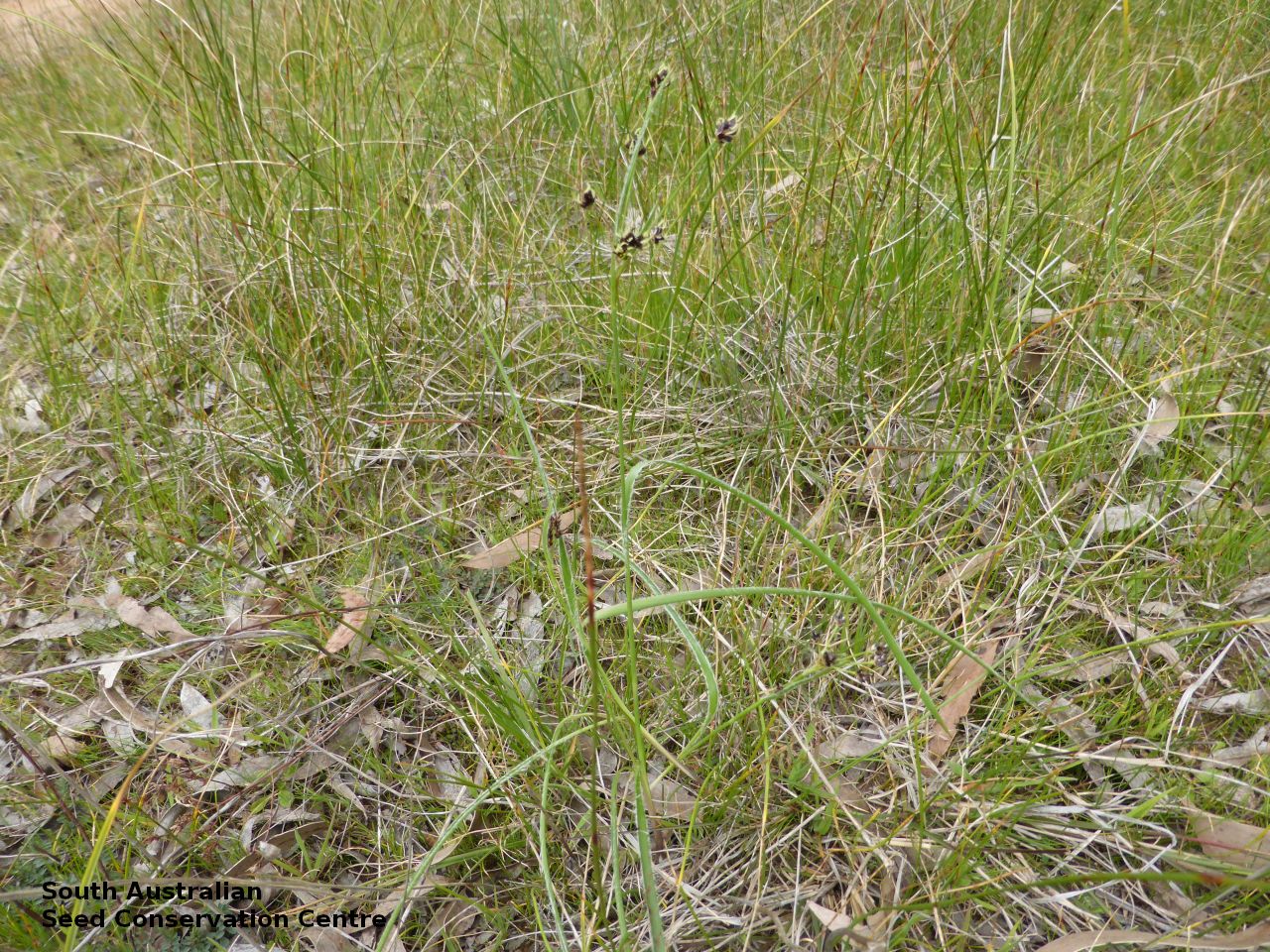
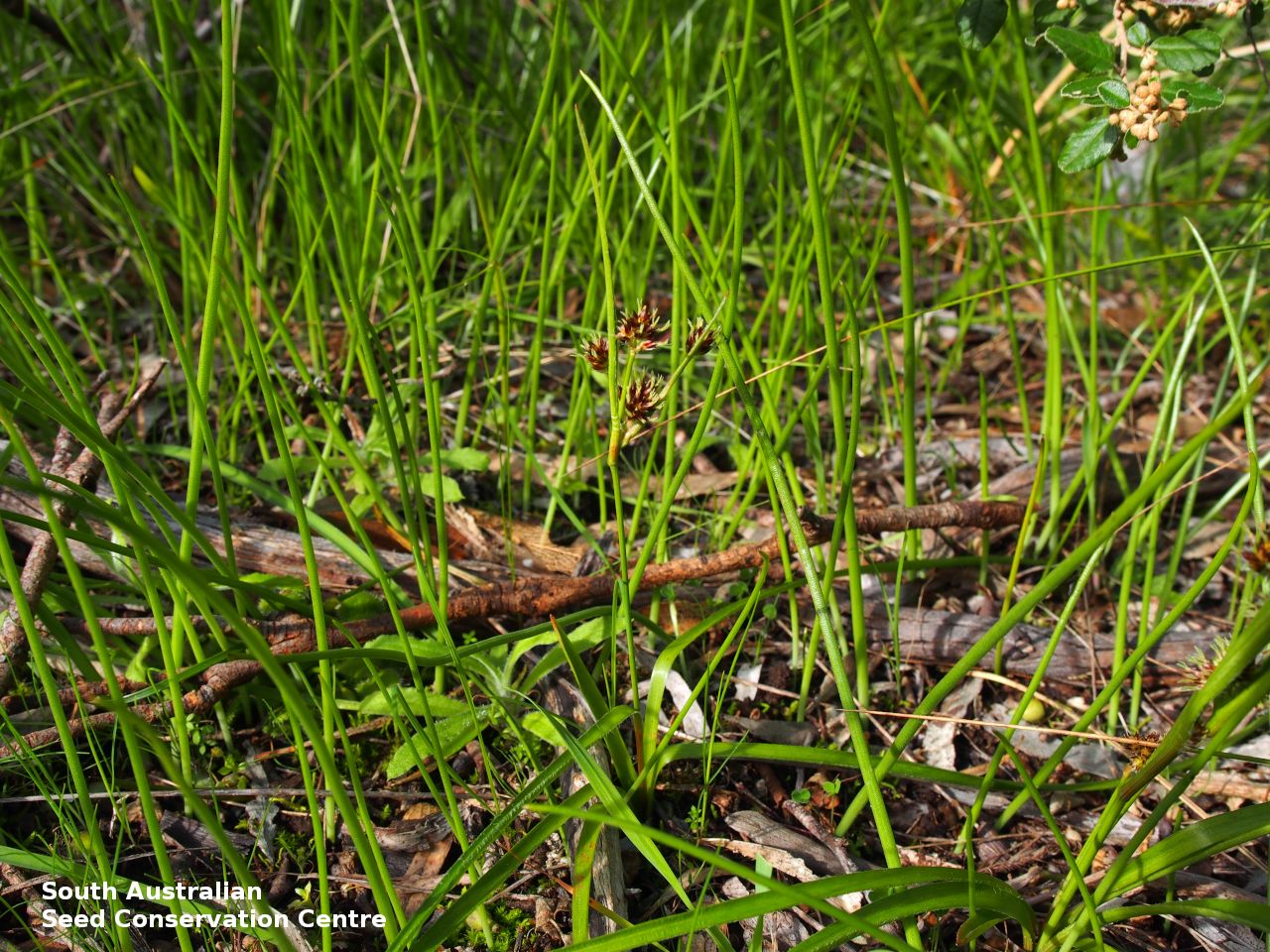
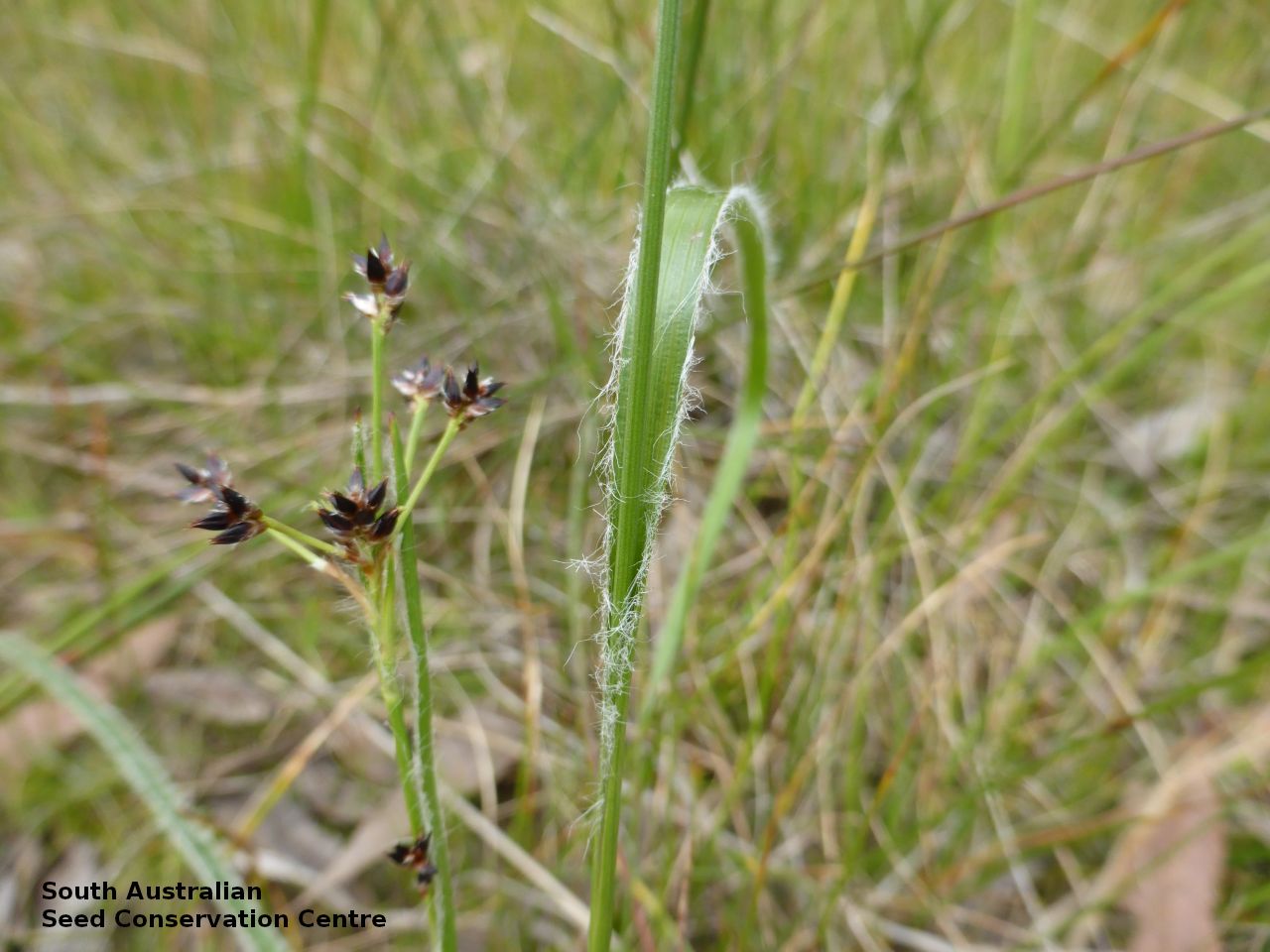
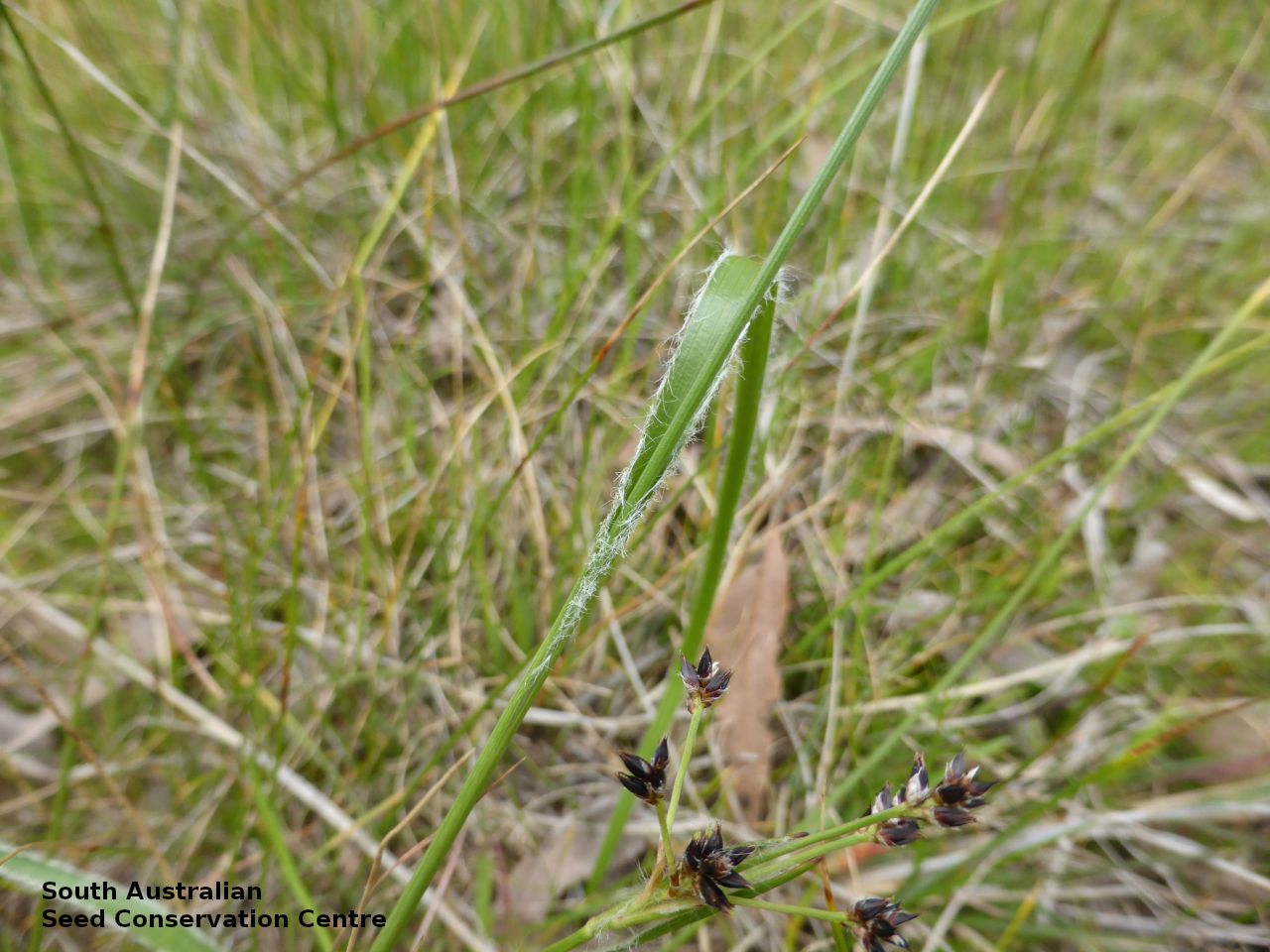
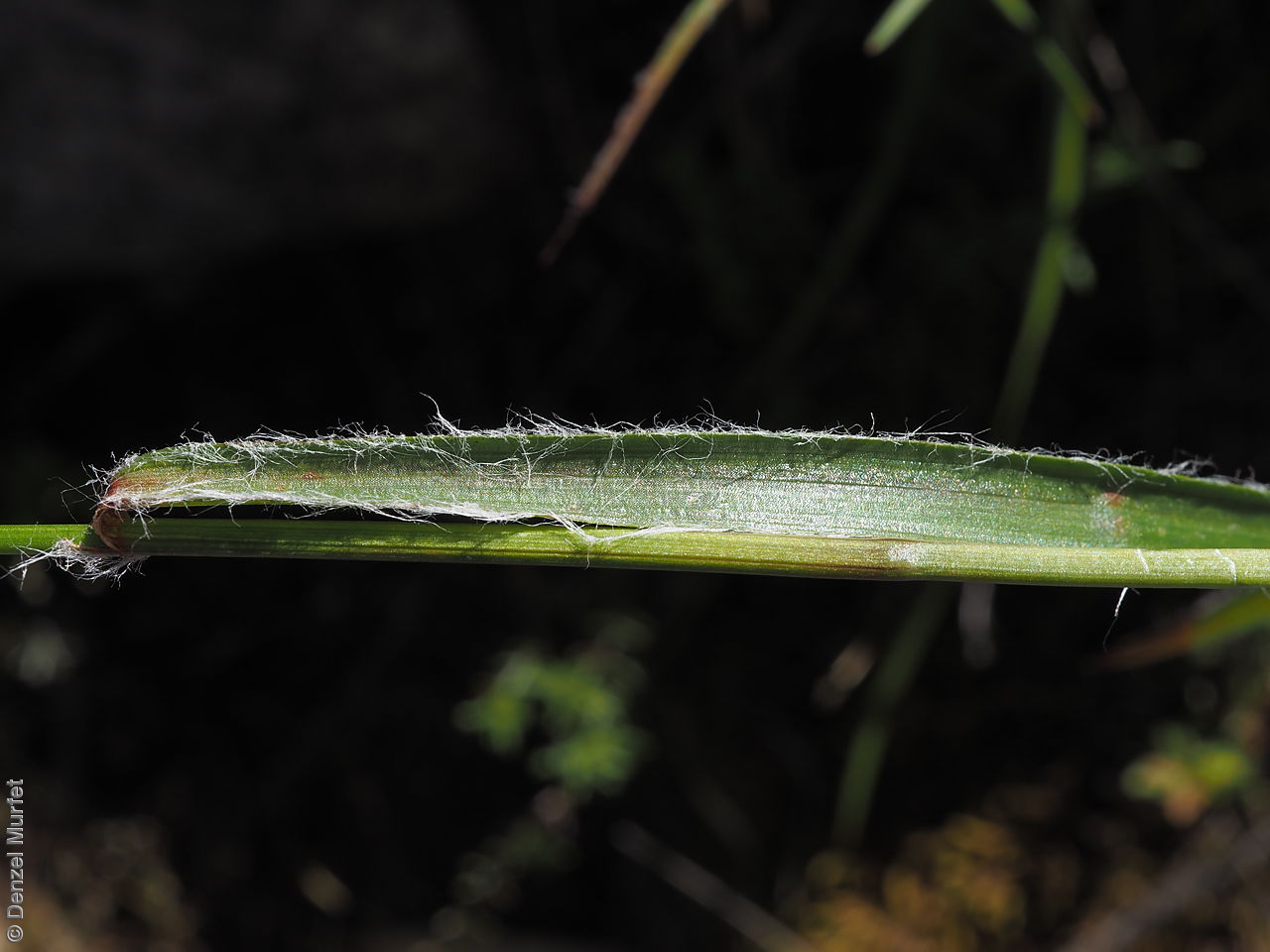
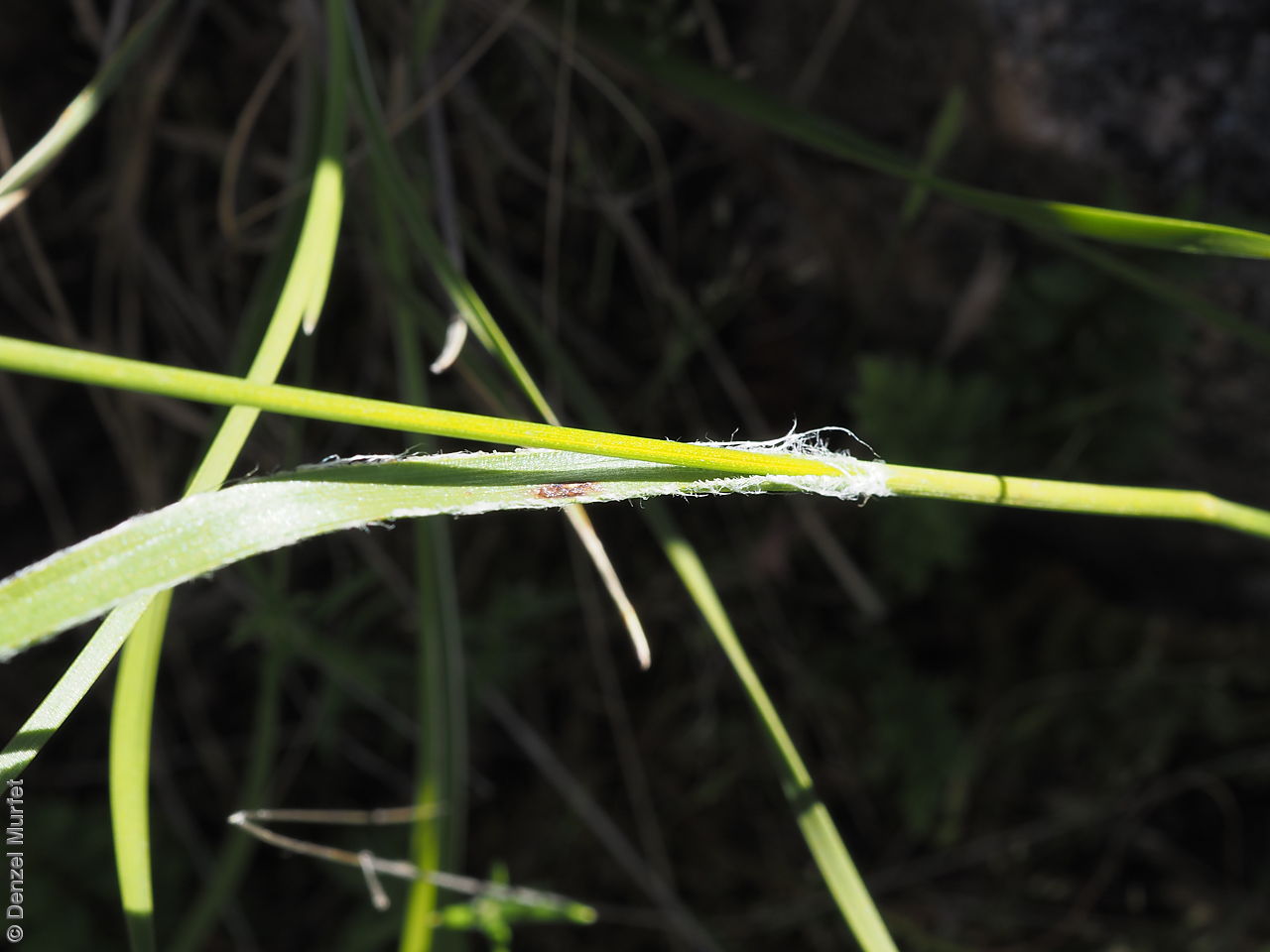
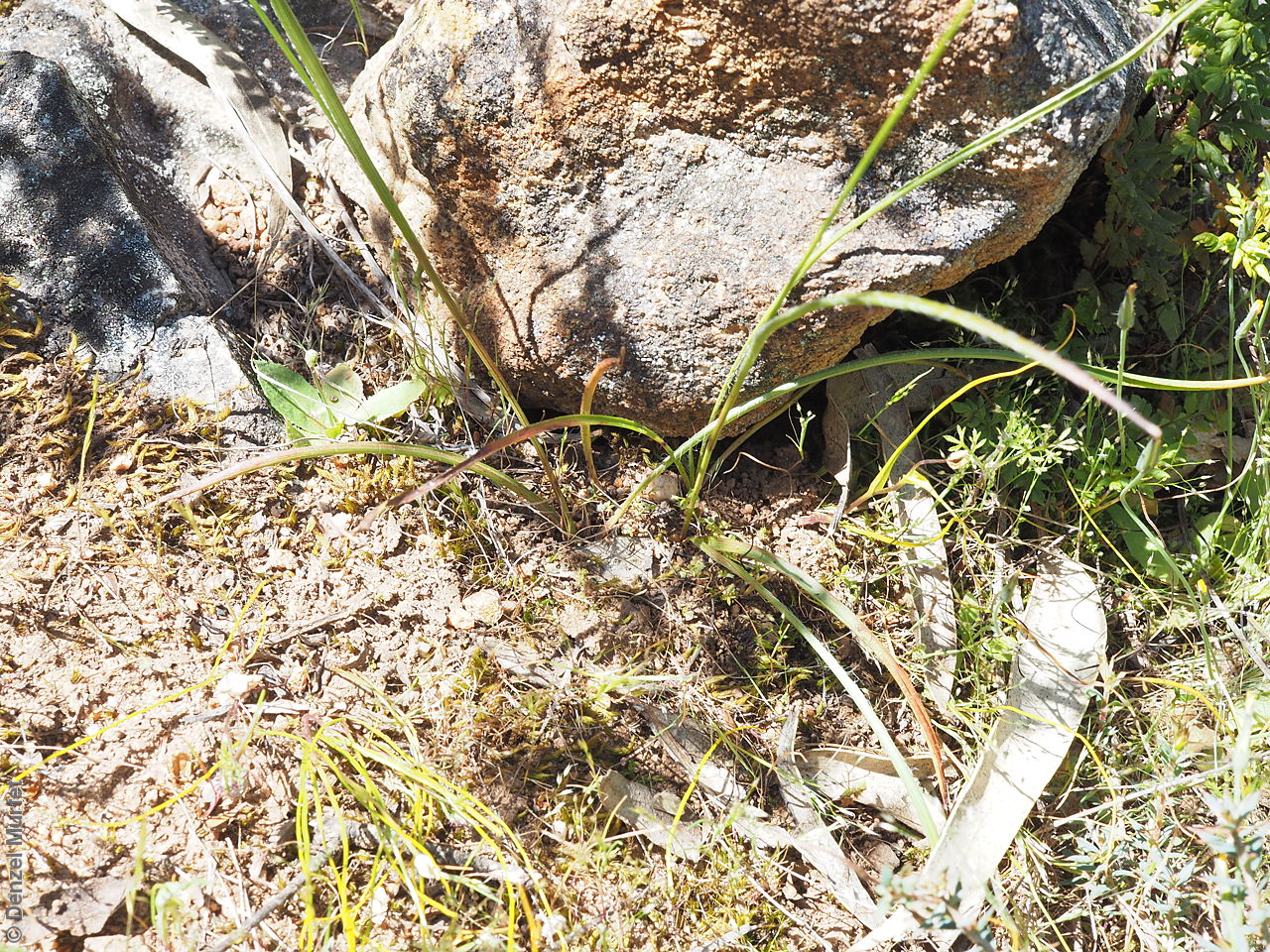
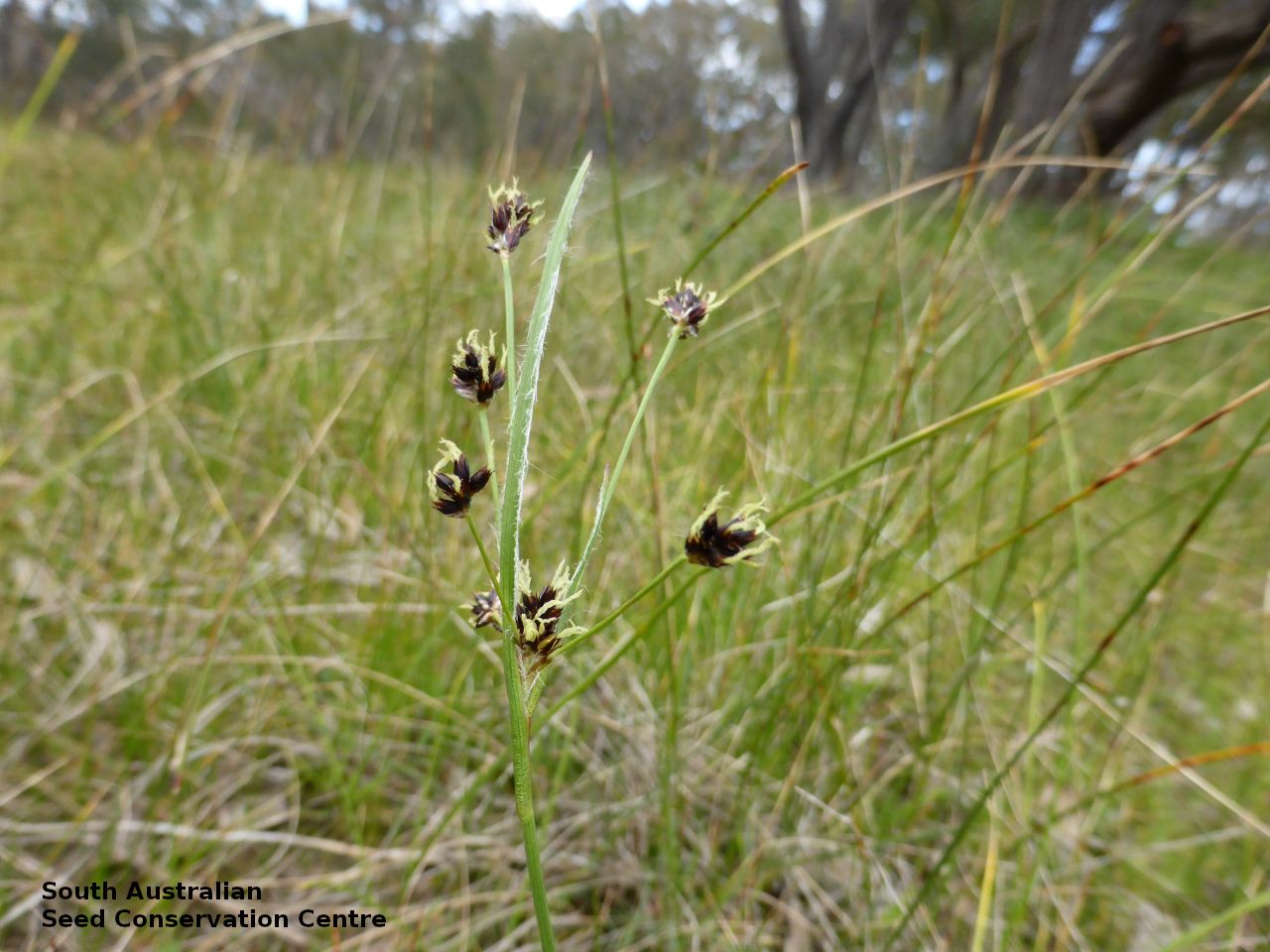
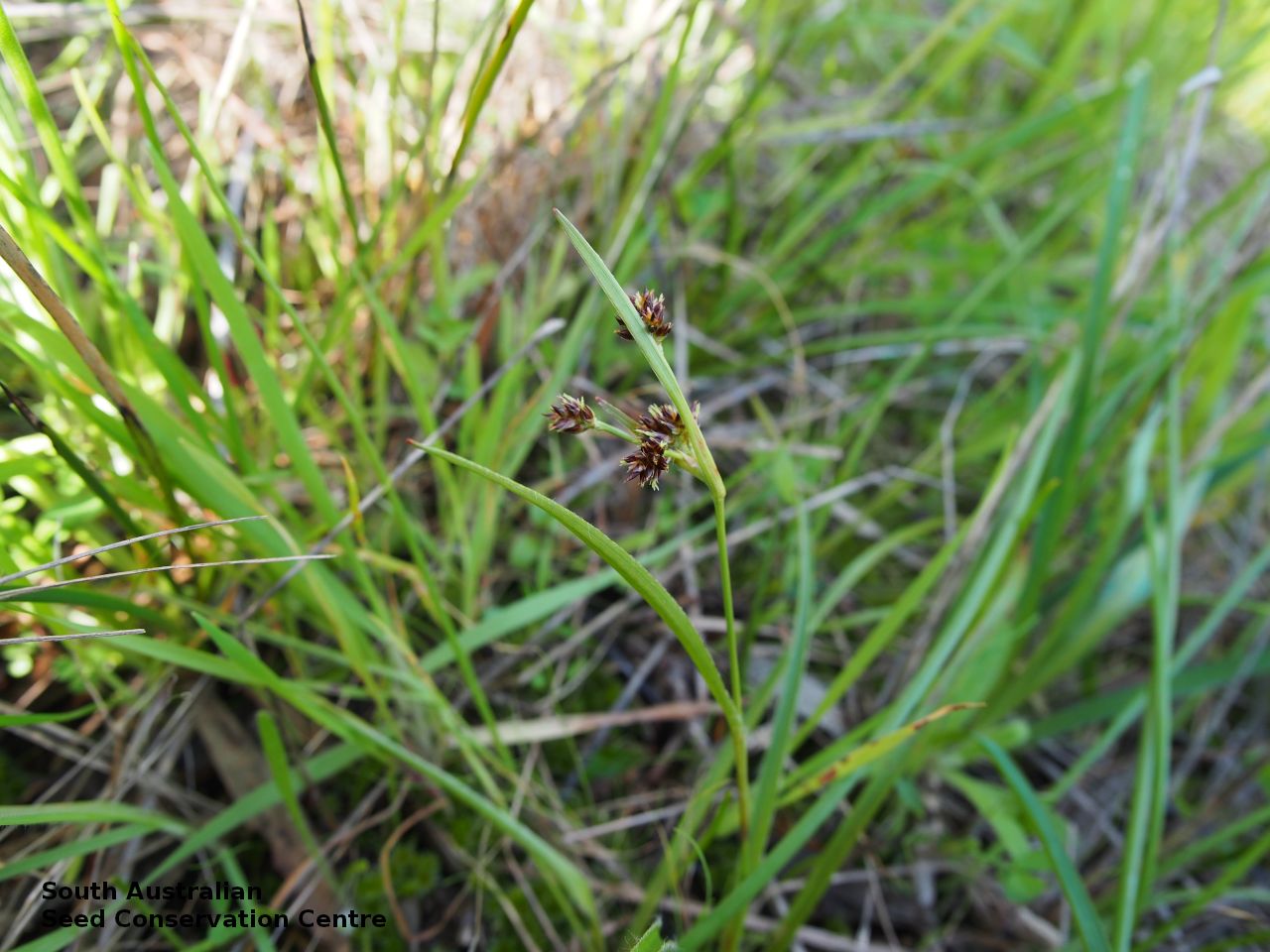
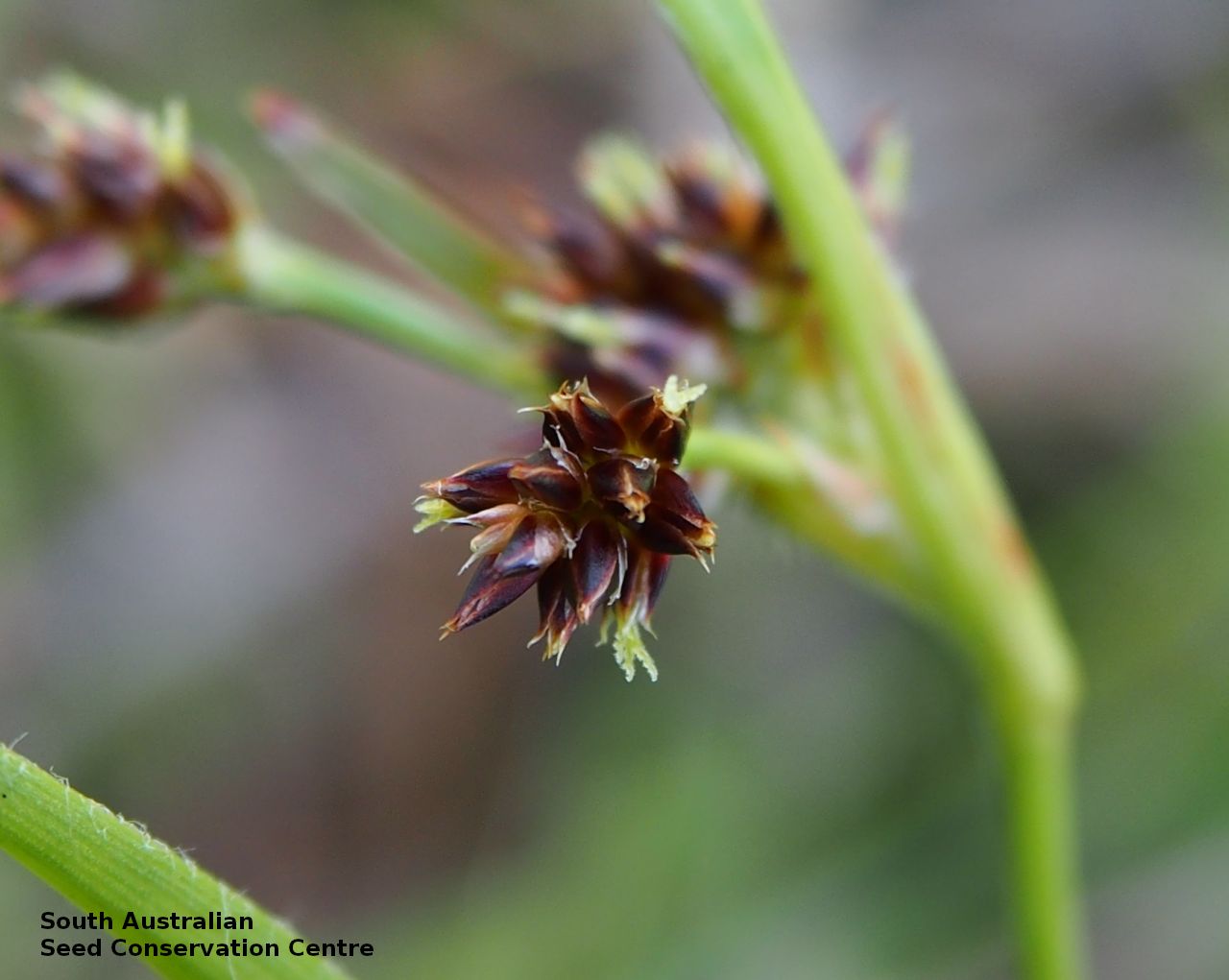
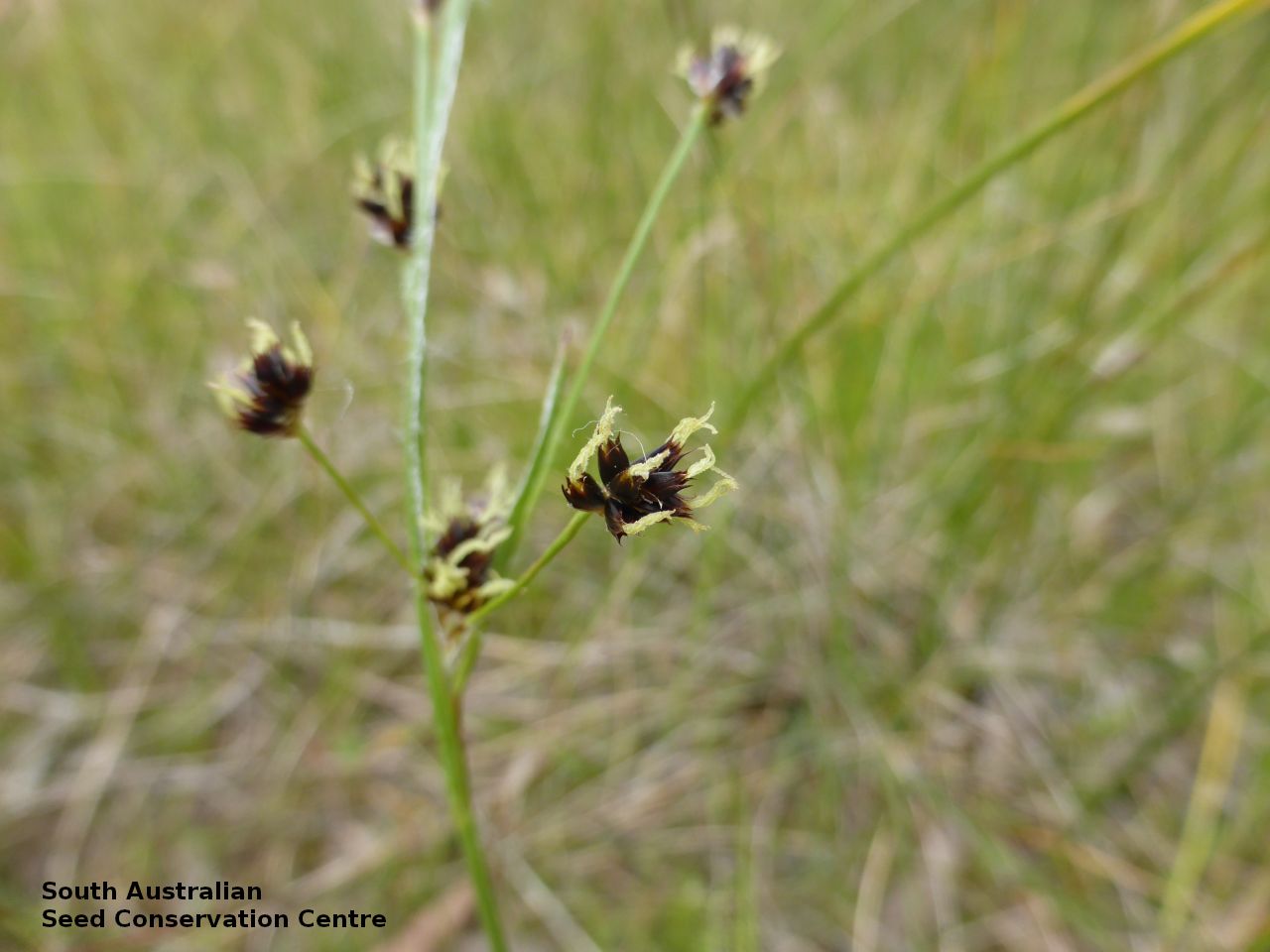
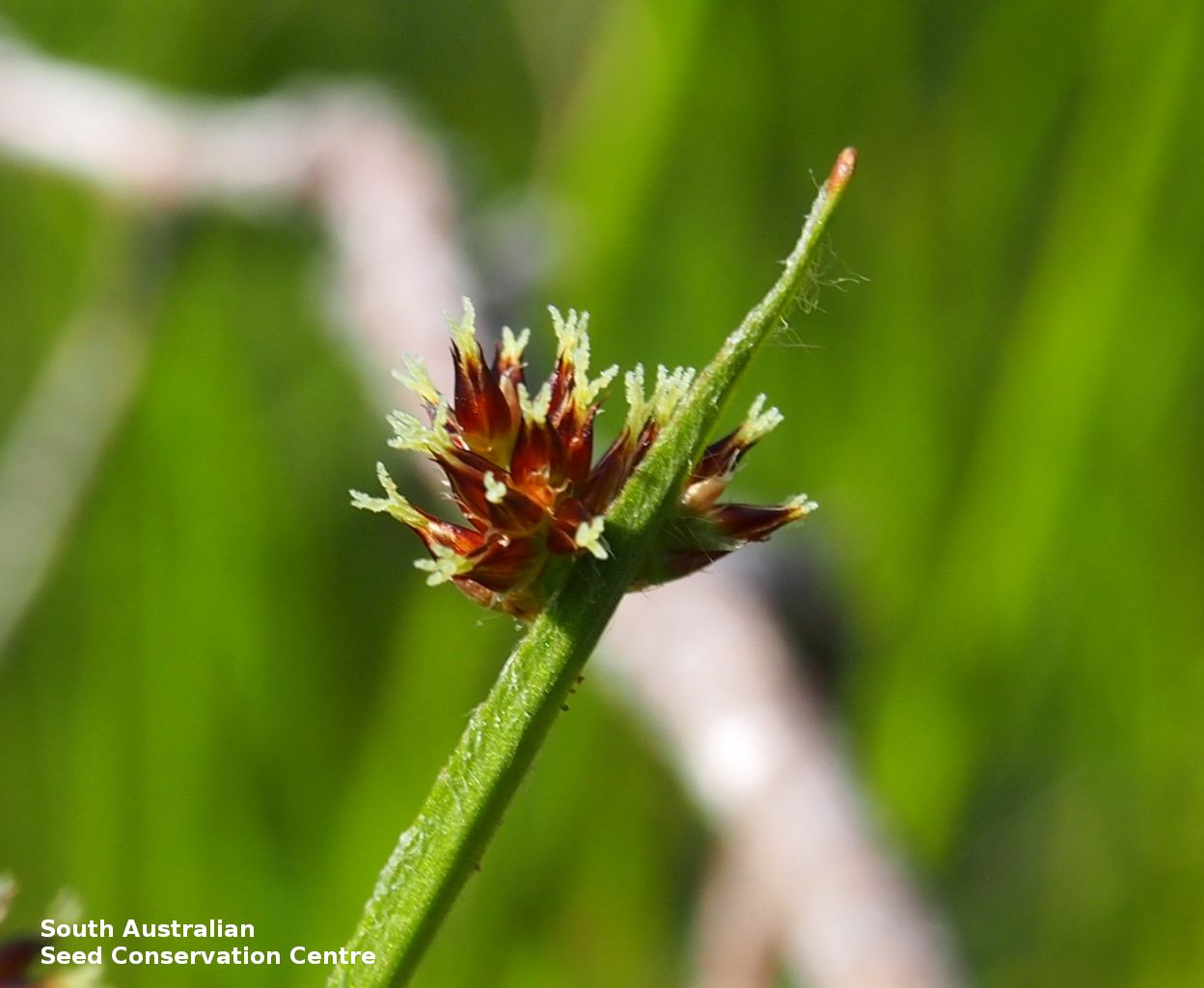
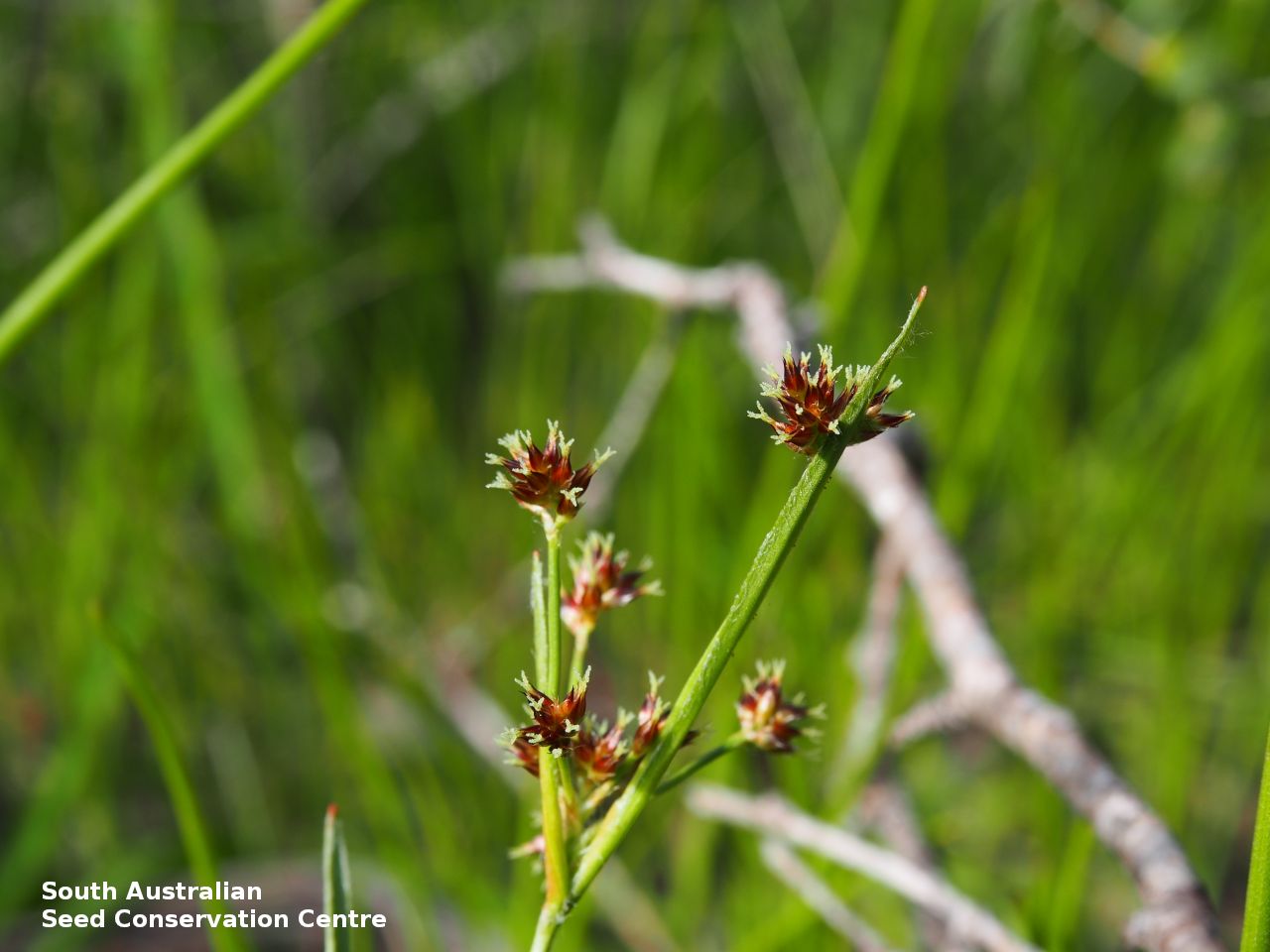
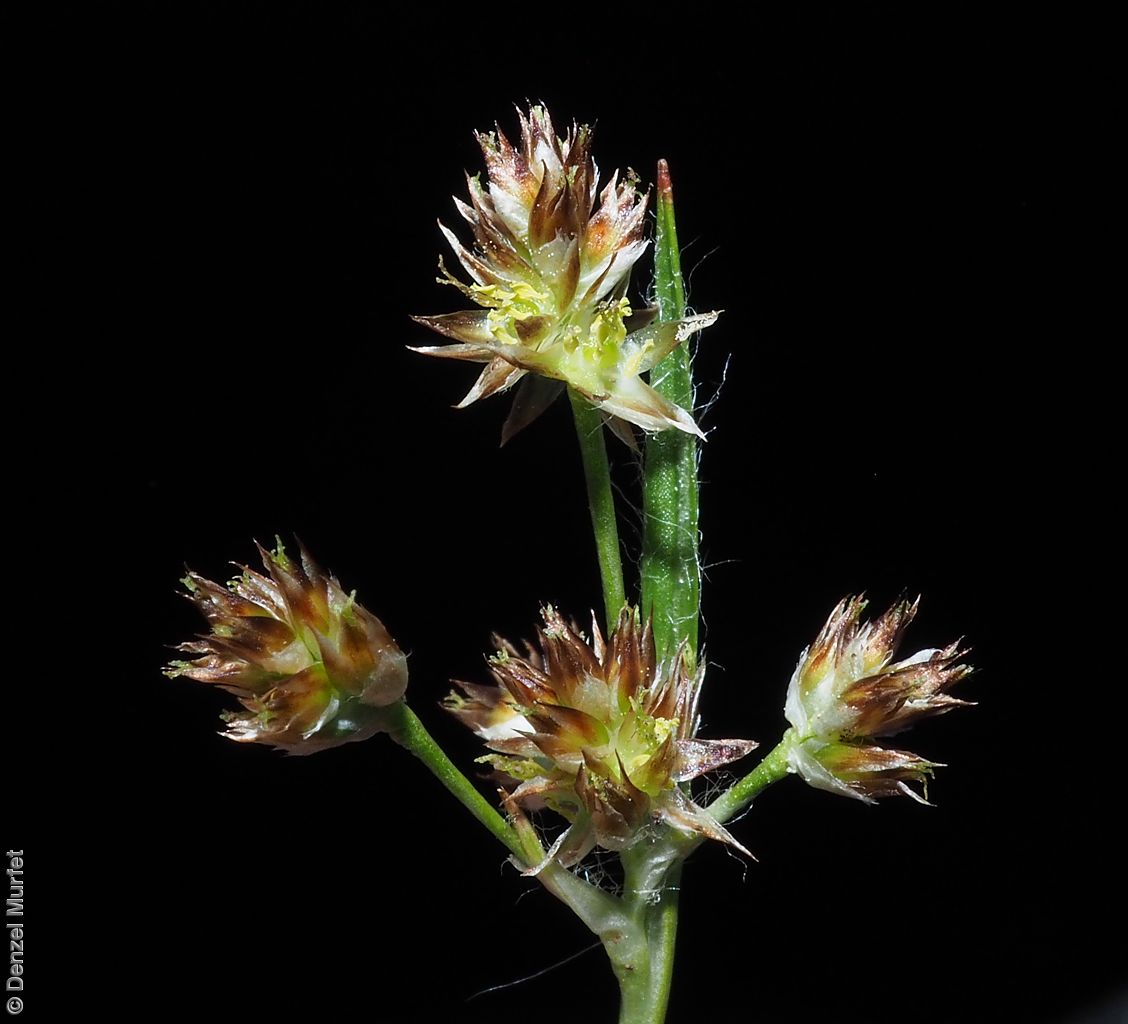
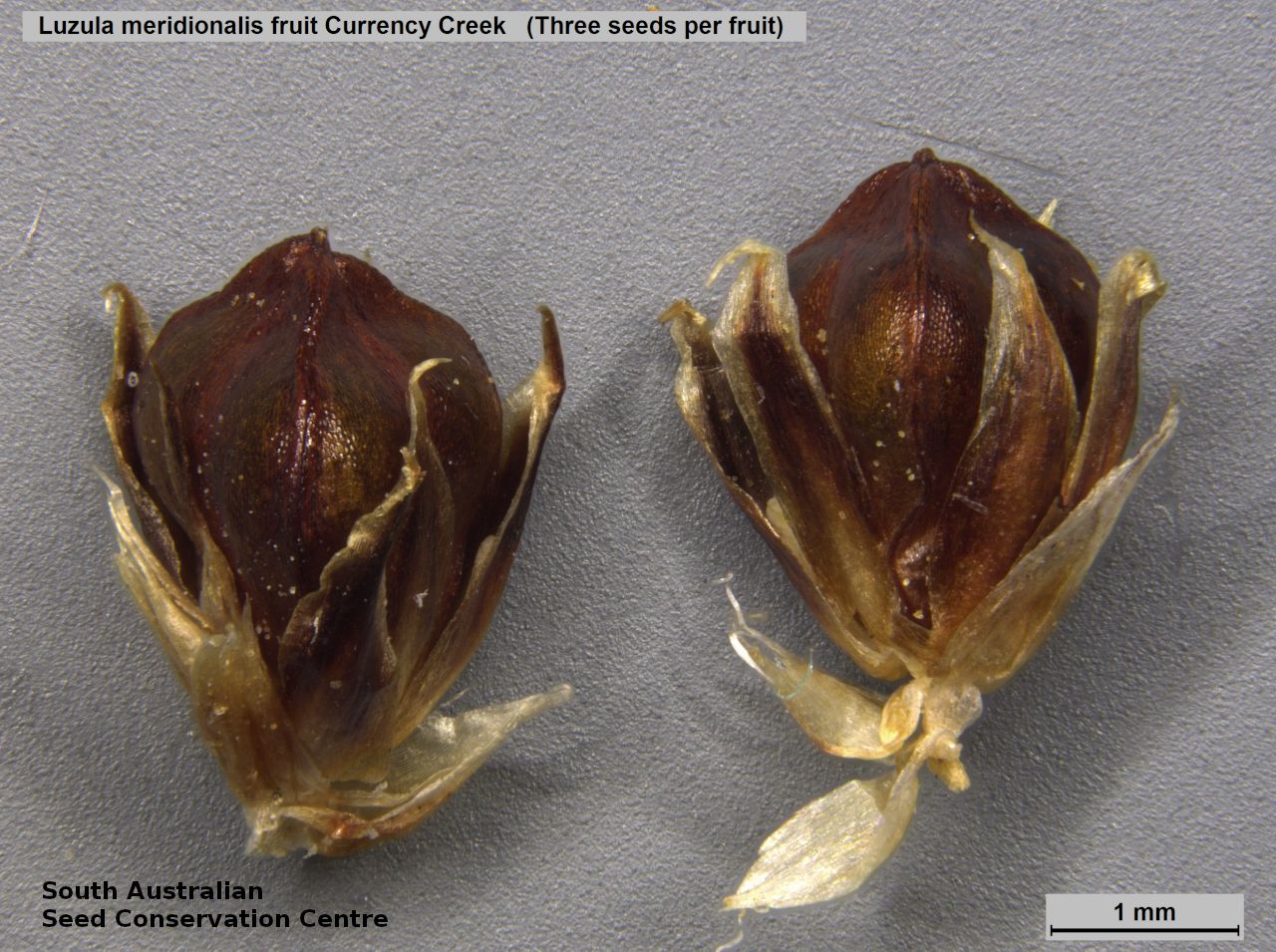
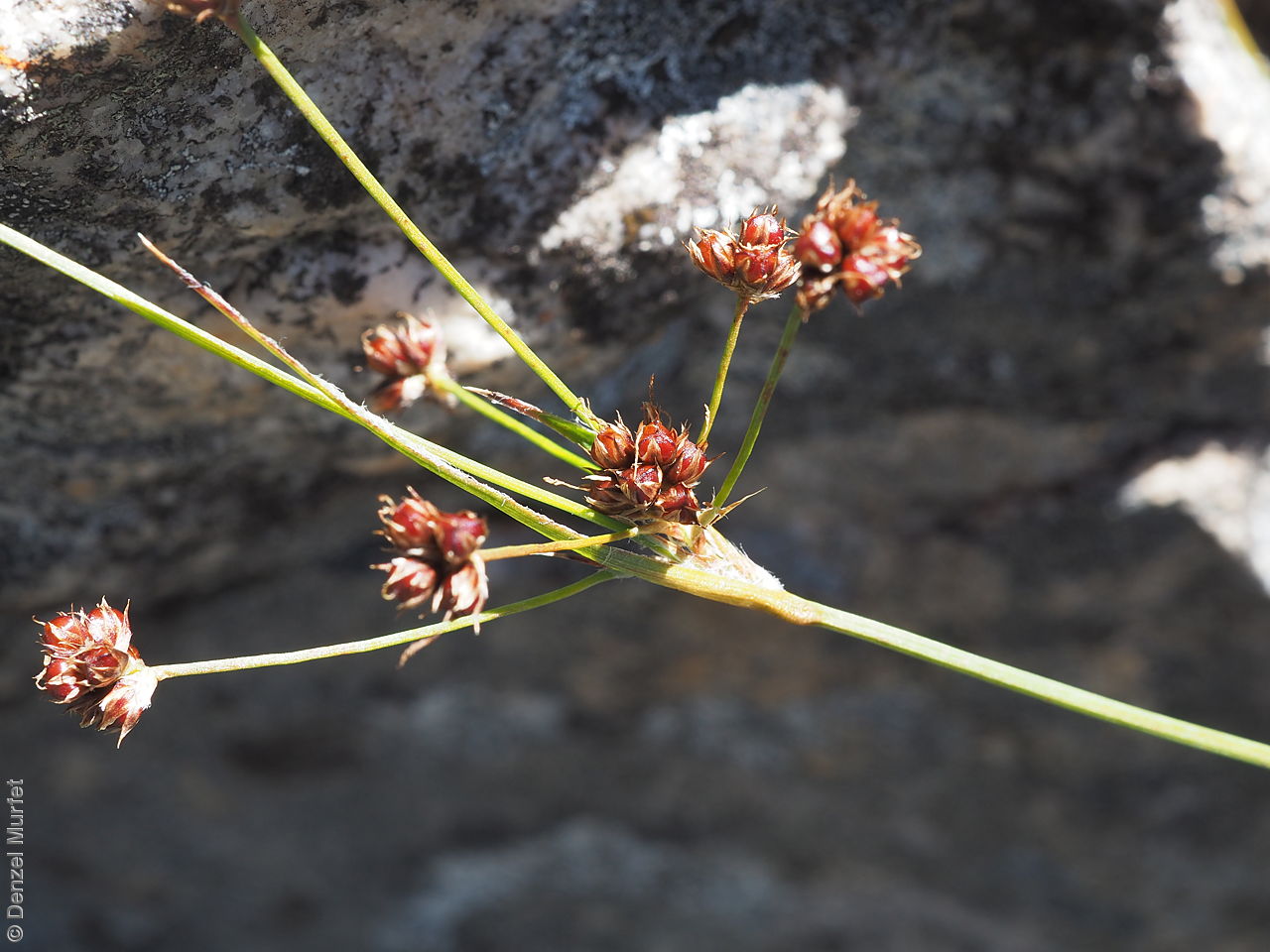
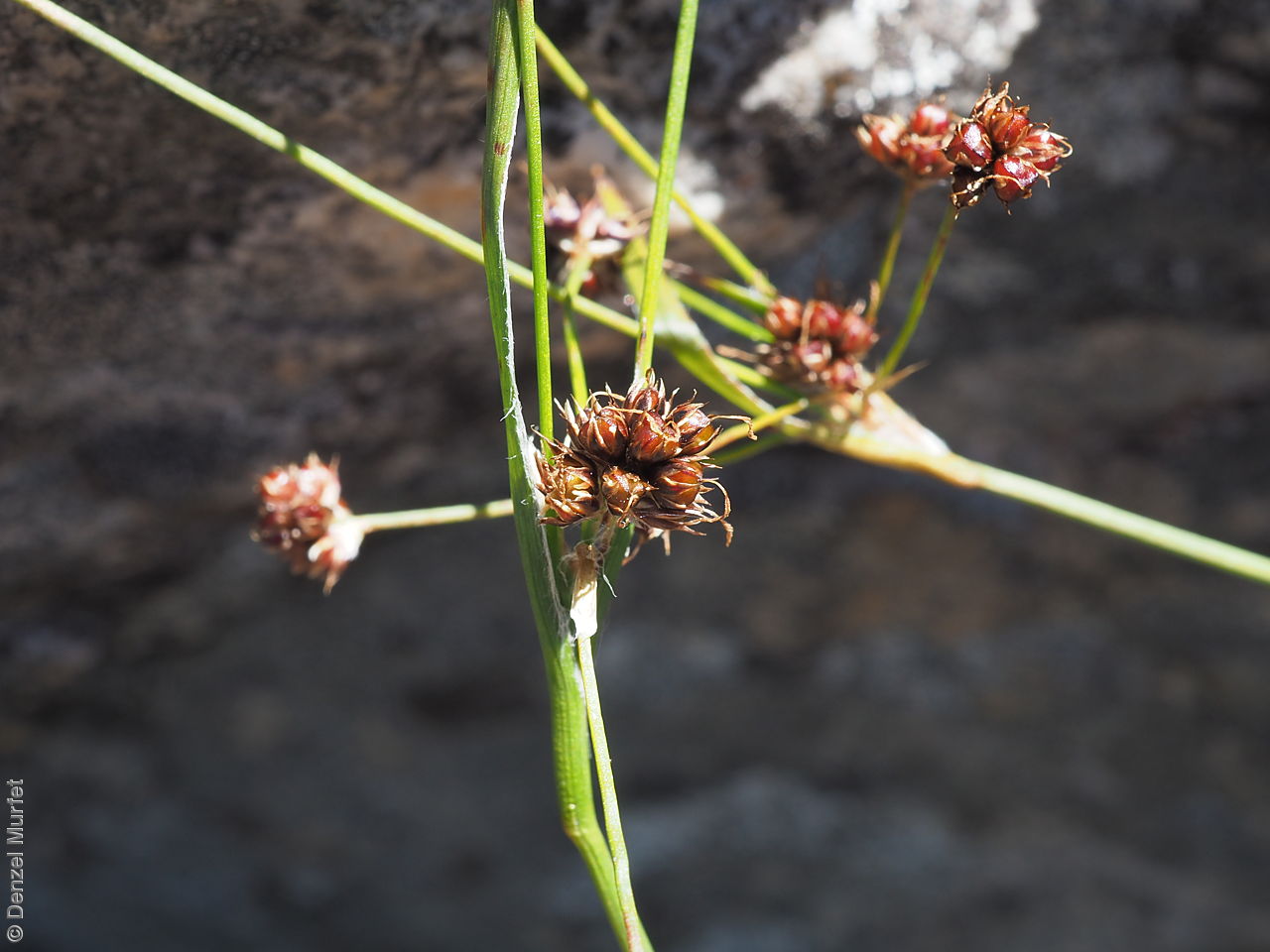
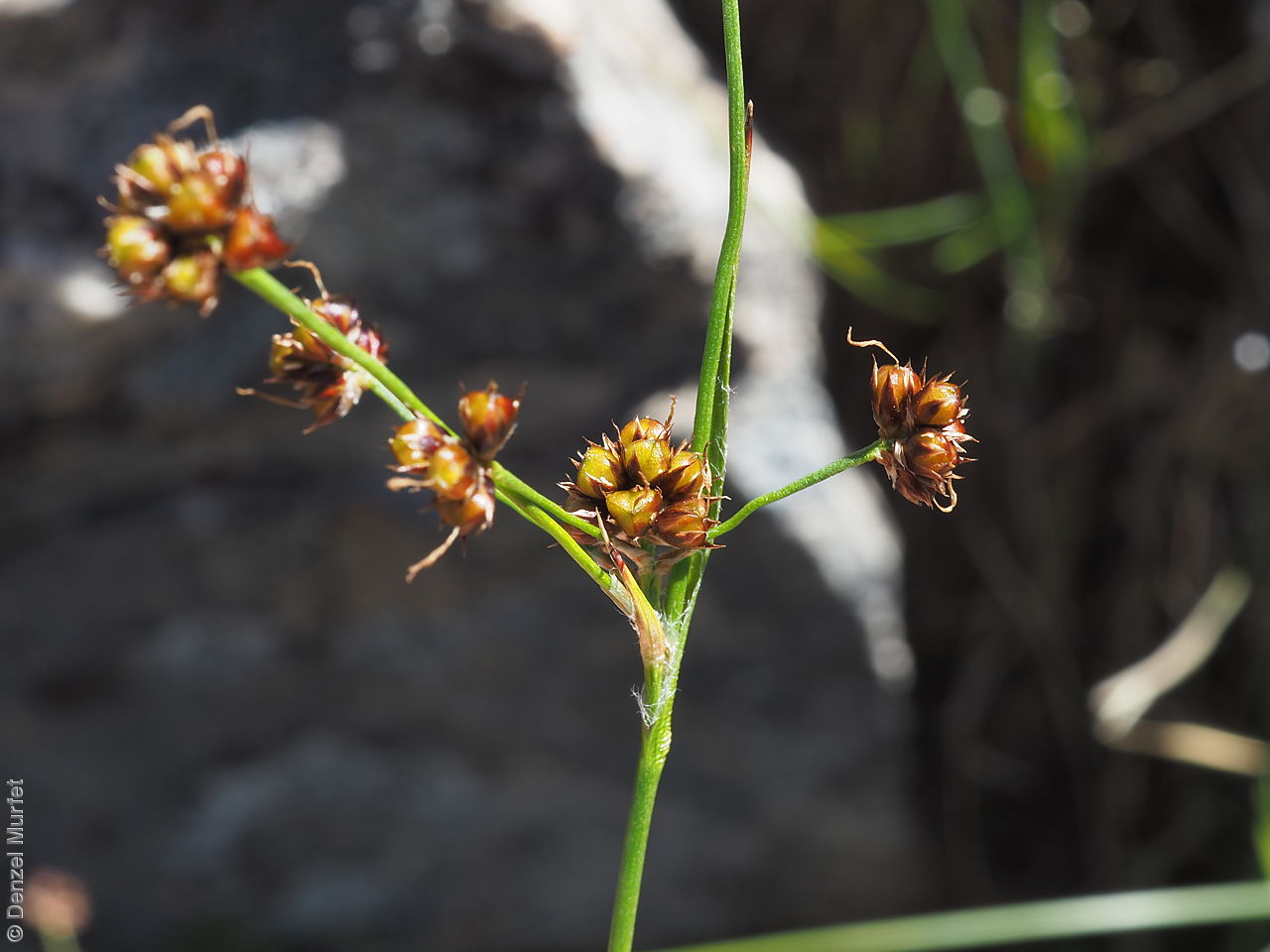
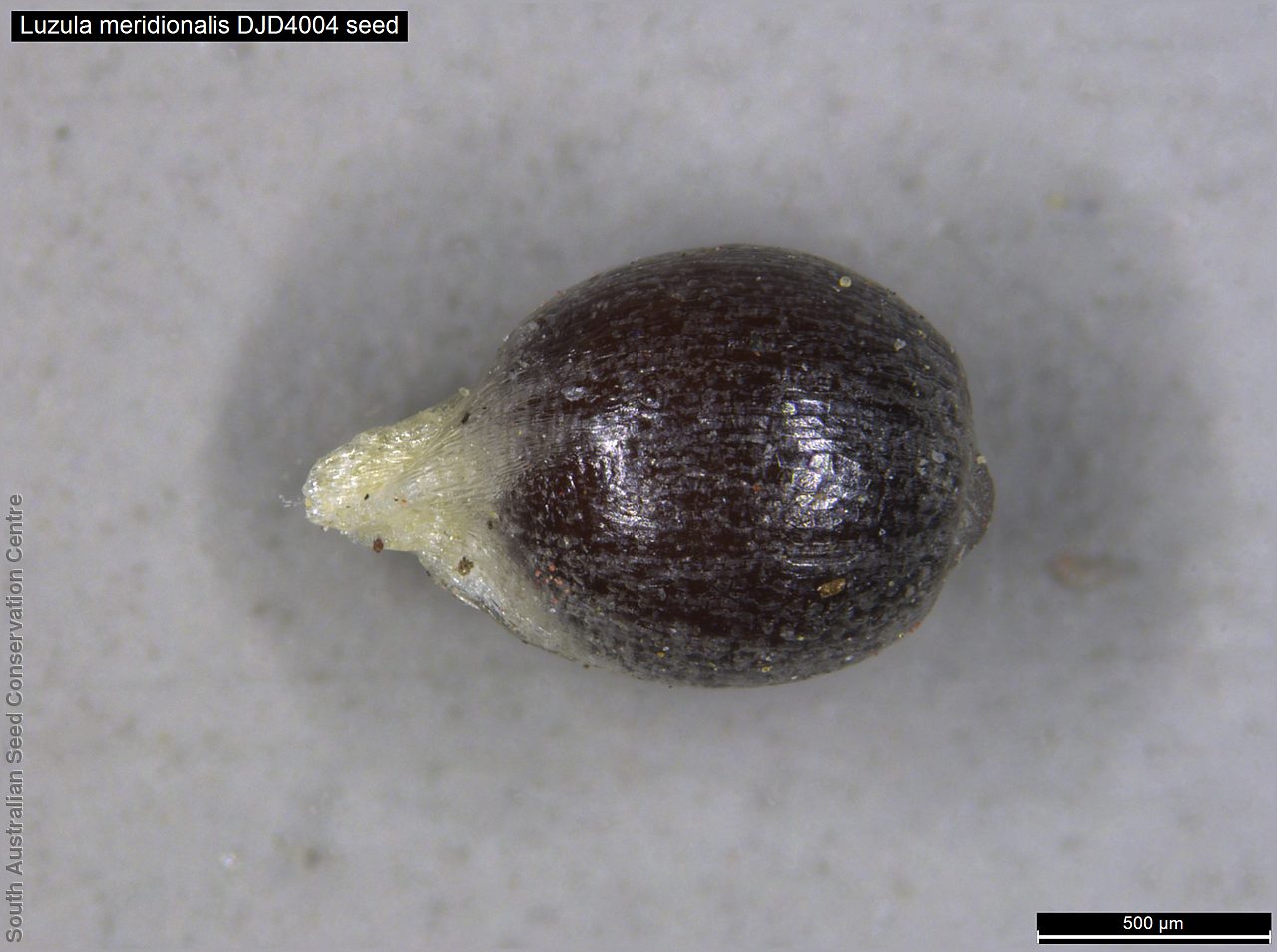
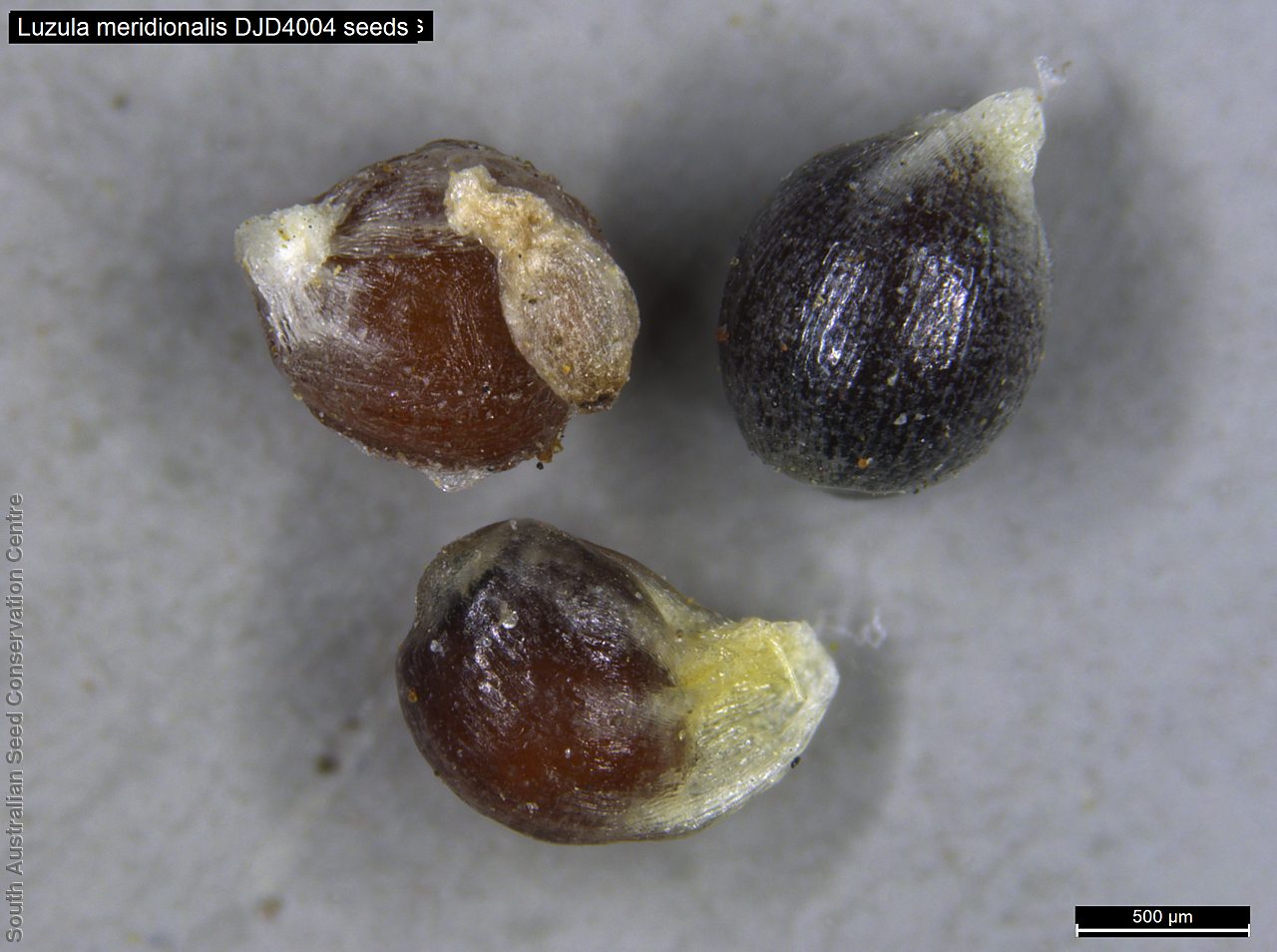
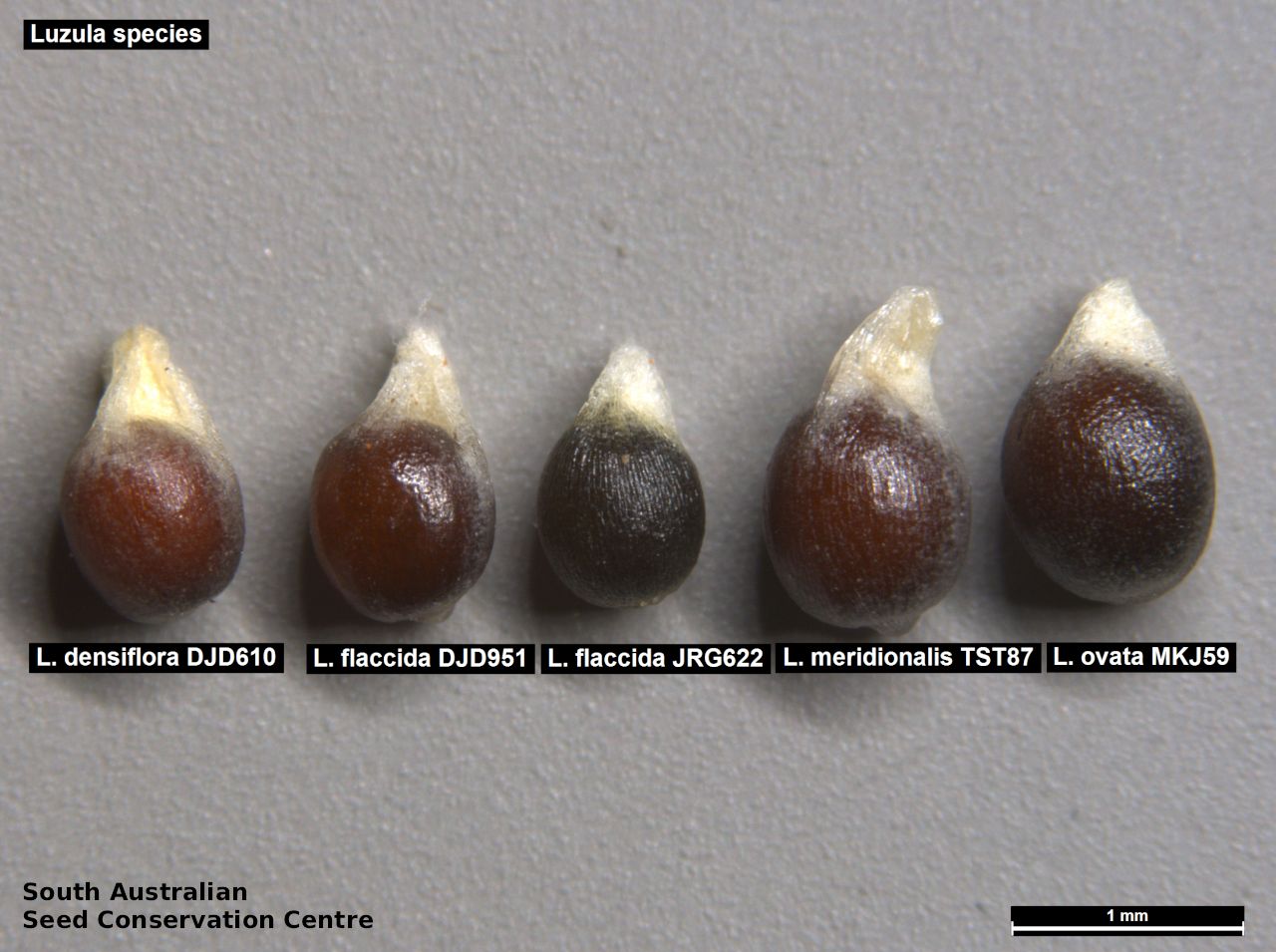
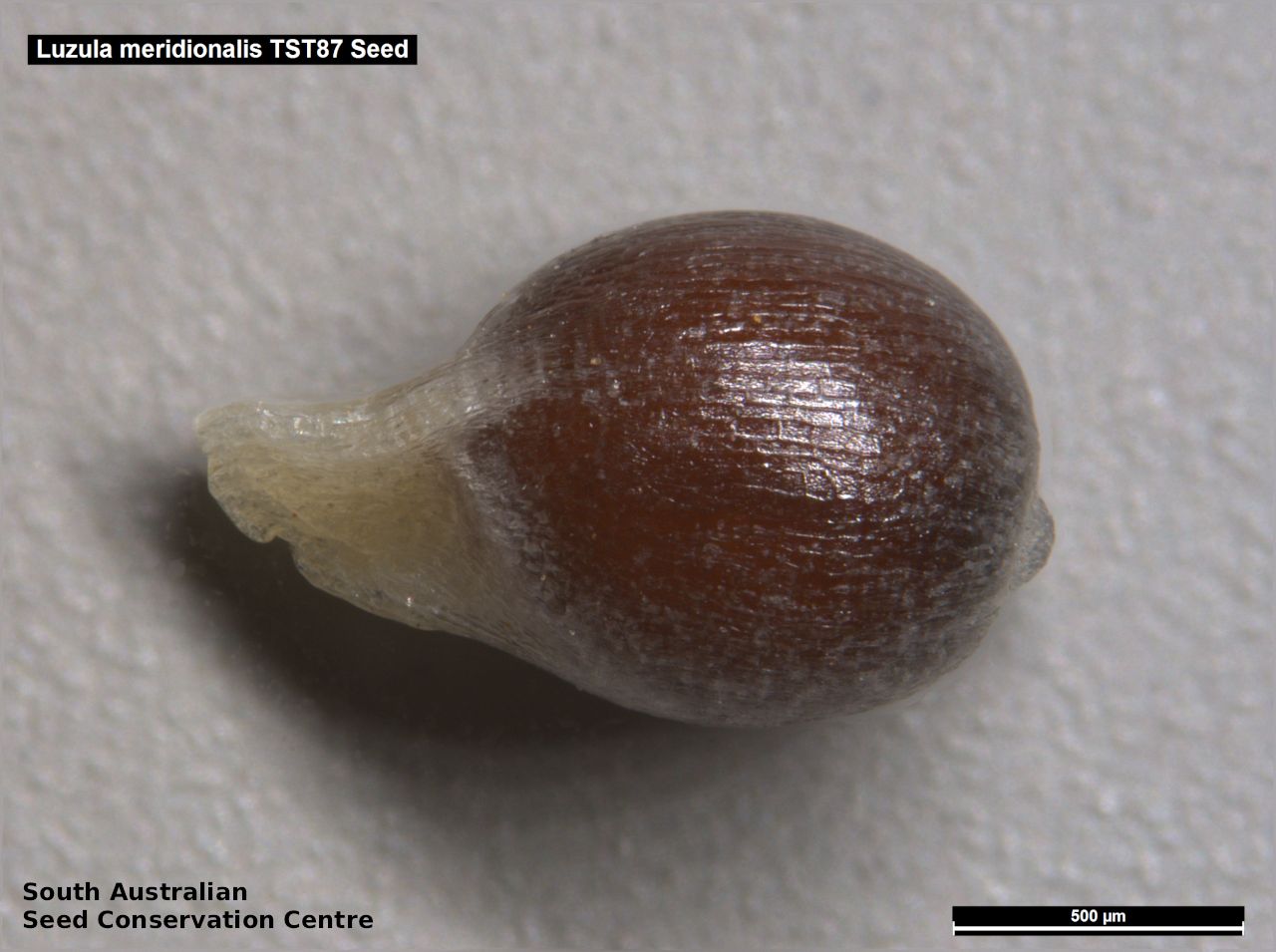
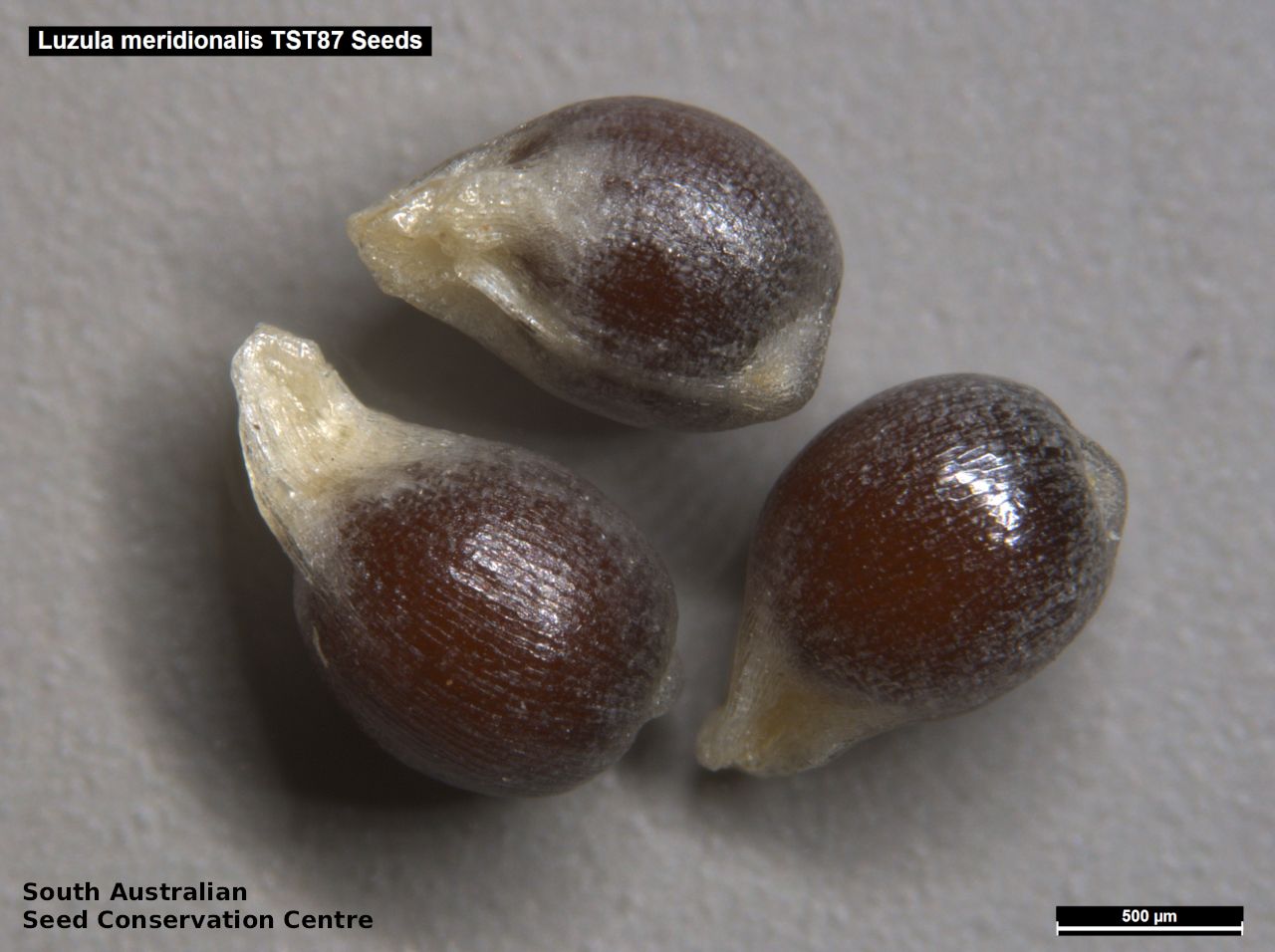

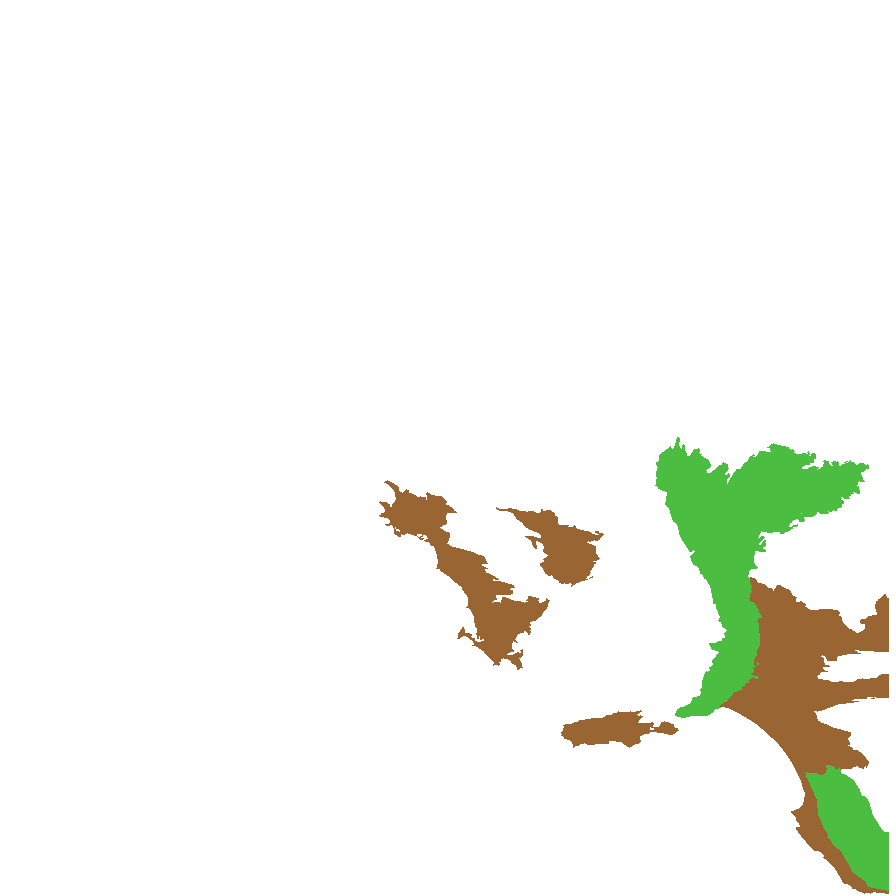
Botanical art
Prior names
Luzula campestris, partly
Etymology
Luzula, possibly from the Italian 'luzziola', meaning sparkle or a fire-fly, or from the Latin 'luxulae, 'meaning light, probably alluding to the sparkling and quivering character of the heads when wet with dew.
Distribution and status
Found on the southern Eyre Peninsula, southern Flinders Ranges, Kangaroo Island, Mount Lofty Ranges and the South-east in South Australia, growing in dry open areas in open woodland or grassland. Also found in Western Australia, New South Wales, Victoria and Tasmania. Native. Common in South Australia. Common in the other States.
Herbarium regions: Flinders Ranges, Eyre Peninsula, Northern Lofty, Murray, Southern Lofty, Kangaroo Island, South Eastern, Green Adelaide
NRM regions: Adelaide and Mount Lofty Ranges, Eyre Peninsula, Kangaroo Island, Northern and Yorke, South Australian Murray-Darling Basin, South East
AVH map: SA distribution map (external link)
Plant description
Loosely tufted perennial sedge with flowering stems 40 cm high, with a bulbous base. Leaves flat, to 5 mm wide, soft with densely hairy margins and narrowing but obtuse tips. Inflorescence 1-6 clusters with many mid-brown to dark reddish-brown flowers at the end of a long stalk. Flowering between August and November. Fruits are dense clusters of pale to dark reddish-brown capsules. Seeds are reddish-brown ellipsoid seed to 1.2 mm long and 0.9 mm wide, with a large yellowish fleshy appendage at one end. Seed embryo type is broad.
Seed collection and propagation
Collect seeds between October and January. Collect fruits either by picking off the mature heads, those turning reddish-brown and come-off easily, or break-off the whole spikes. Place the heads in a tray and leave to dry for one to two weeks. Then rub the heads with a rubber bung to dislodge the seeds. Use a sieve to separate any unwanted material. Be careful, as the seeds are very small. Seeds are brown and hard. Store the seeds with a desiccant such as dried silica beads or dry rice, in an air tight container in a cool and dry place. From one collection, the seed viability was high, at 100%.
| Location | No. of seeds (weight grams) | Number of plants | Date collected | Collection number Collection location | Date stored | % Viability | Storage temperature |
|---|---|---|---|---|---|---|---|
| BGA MSB | 8,450 (4.9 g) 8,450 (4.9 g) | 100+ | 2-Nov-2006 | TST87 Flinders Ranges | 1-Aug-2007 | 100% | -18°C |
| BGA | 2,060 (1.065 g) | 50 | 20-Oct-2020 | DJD4004 Northern Lofty | 28-Jun-2021 | 100% | -18°C |
| BGA | 3,500 (1.243 g) | 35 | 18-Nov-2021 | DJD4061? Southern Lofty | 7-Jul-2022 | 100% | -18°C |
Number of plants: This is the number of plants from which the seeds were collected.
Collection location: The Herbarium of South Australia's region name.
% Viability: Percentage of filled healthy seeds determined by a cut test or x-ray.